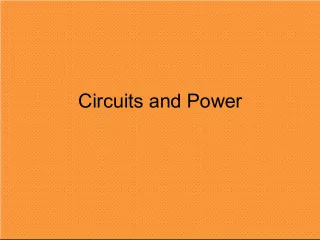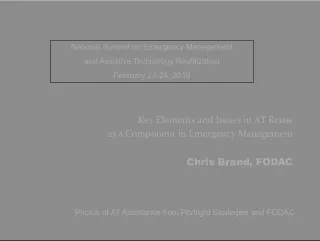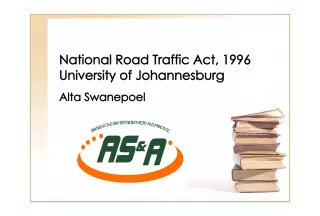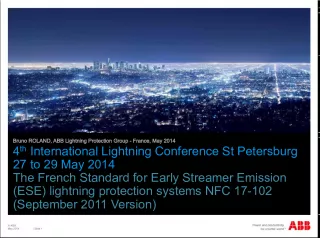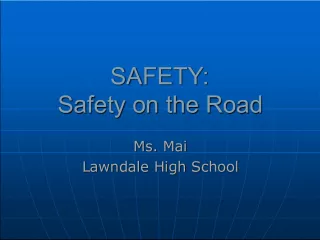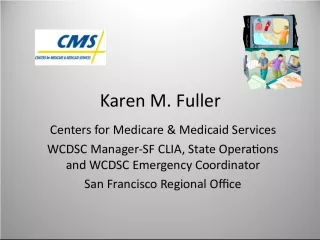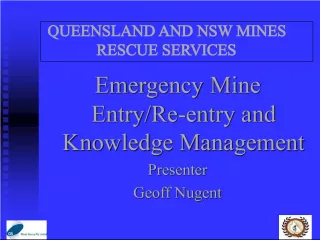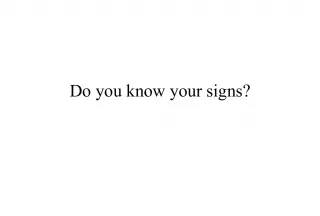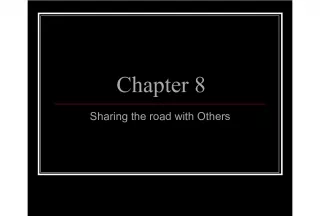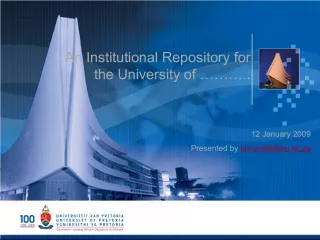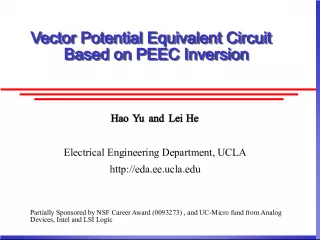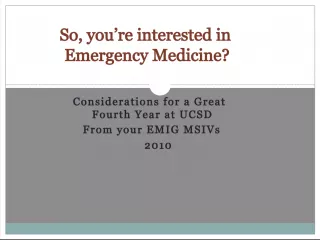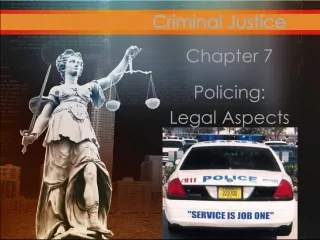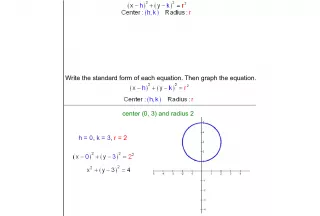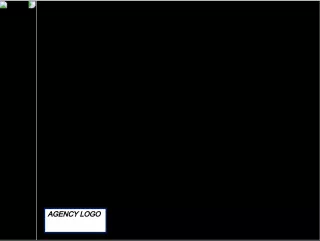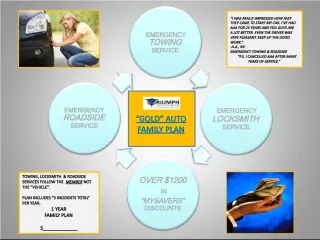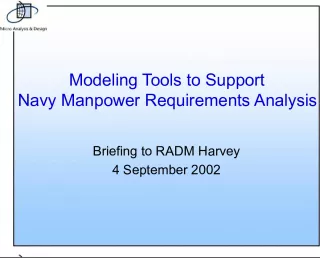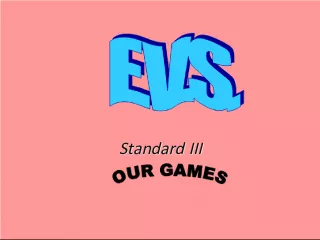NFPA 502 Standard for Road Tunnels: Emergency Circuit Requirements
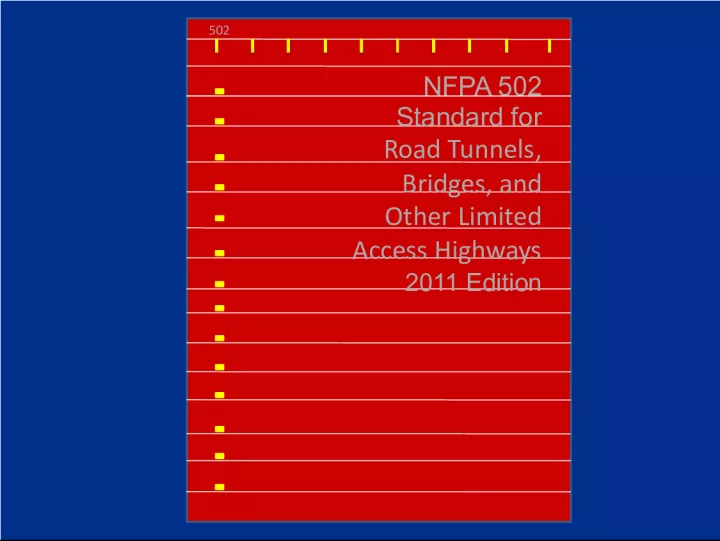

This article discusses the emergency circuit requirements for road tunnels as outlined in Chapter 12 of the NFPA 502 Standard. The circuits must remain functional for a minimum of one hour during anticipated fire conditions, using either fire resistive cables or circuits embedded in concrete or protected by a 2-hour fire barrier system.
- Uploaded on | 1 Views
-
 liviya
liviya
About NFPA 502 Standard for Road Tunnels: Emergency Circuit Requirements
PowerPoint presentation about 'NFPA 502 Standard for Road Tunnels: Emergency Circuit Requirements'. This presentation describes the topic on This article discusses the emergency circuit requirements for road tunnels as outlined in Chapter 12 of the NFPA 502 Standard. The circuits must remain functional for a minimum of one hour during anticipated fire conditions, using either fire resistive cables or circuits embedded in concrete or protected by a 2-hour fire barrier system.. The key topics included in this slideshow are NFPA 502, road tunnels, emergency circuits, fire resistive cables, UL 2196, fire barrier system, UL 1724,. Download this presentation absolutely free.
Presentation Transcript
1. 502 NFPA 502 Standard for Road Tunnels, Bridges, and Other Limited Access Highways 2011 Edition
2. NFPA 502 Chapter 12 12.1.2 Emergency circuits installed in a road tunnel and ancillary areas shall remain functional for a period of not less than 1 hour for the anticipated fire condition , meeting one of the following methods:
3. NFPA 502 Chapter 12 (1) A fire-resistive cable listed for 2 hours in accordance with ANSI/UL 2196 or other equivalent internationally recognized standards to 950C (1742F) when approved by the AHJ. (2) Circuits embedded in concrete or protected by a 2- hour fire barrier system in accordance with UL 1724. The cables or conductors shall be thermoset and shall be suitable to maintain functionality at the temperature within the embedded conduit or fire barrier system.
4. How to achieve a 2- hour fire resistive cable rating
5. U L 2196 2-hours Circuit Integrity test Environment: Large scale wall oven (14 x 15 x 3) Temperature Profile: Slow Rise Follows ASTM E119 1000 0 F @ 5 minutes 1700 0 F @ 1 hour 1850 0 F @ 2 hour Cable are energized at application voltage 120V or 480V light bulbs set up Water impact test after fire test
6. ASTM E 119 Time/Temperature Curve 1850 F 2 HR
7. UL 2196 Fire Test Systems that require a raceway are tested with the minimum raceway diameter and the minimum raceway type with their respective coupling(s). Raceways having larger diameters are acceptable. Raceways with greater wall thickness are also acceptable. Intermediate metal conduit (IMC) or rigid metal conduit (RMC) are acceptable for use in systems where electrical metallic tubing (EMT) is specified.
8. UL 2196 - 20 Gas Burners
9. Wall Setup
10. Back side of wall
11. UL 2196 Video
12. UL 2196 After 2 Hours
13. UL 2196 After 2 Hours
14. Water Impact Test
15. UL 2196 Assumptions Passing the smallest qualifies the largest Assumption is the smallest is most difficult to pass Passing 2 14AWG qualifies up to 750MCM Also qualifies single or multiple conductors Passing in EMT qualifies IMC and Rigid Assumption is that EMT is the thinnest wall and most difficult to pass.
16. UL 2196 Fire Test FLAW Systems that require a raceway are tested with the minimum raceway diameter and the minimum raceway type with their respective coupling(s). Raceways having larger diameters are acceptable. Raceways with greater wall thickness are also acceptable. Intermediate metal conduit (IMC) or rigid metal conduit (RMC) are acceptable for use in systems where electrical metallic tubing (EMT) is specified.
17. UL 2196 Test Using RMC
18. UL 2196 Test Using RMC
19. RHW 12 AWG in RMC
20. RHW 8 AWG in RMC
21. Zinc Analysis by UCONN
22. Think Zinc July 2011 - RSCC performs testing at UL and has failures in RMC. Internal testing helps us understand causation to be Zinc Notification to UL of issue September 2011 ?? U Conn metallurgical lab confirms zinc from interior of conduit is failure mechanism. U Conn report provided to UL as substantiation
23. UL Response Sent to all manufacturers on June 12, 2012 (10 months) Citation from letter:
24. UL Statement 9/12/2012 Suspends all cable listings to UL 2196 Fire Resistive, Fire Resistant and Circuit Integrity Cables UL has recently conducted research on a wide array of current products and systems originally certified under UL 2196, Tests for Fire Resistive Cables and ULC-S139, Standard Method of Fire Test for Evaluation of Integrity of Electrical Cables and determined that they no longer consistently achieve a two-hour fire-resistive rating when subjected to the standard Fire Endurance Test of UL2196 or ULC-S139. Consequently, UL and ULC will not be able to offer certification to the currently existing program related to these standards. As a result, manufacturers are no longer authorized to place the UL mark or ULC mark on the following products: UL Classified Fire Resistive Cable (FHJR) ULC Listed Fire Resistant Cable (FHJRC) UL Listed cable with "-CI" suffix (Circuit Integrity)
25. NFPA 502 Write the minimum requirements for fire- resistive cable in Chapter 12 Identify minimum time required for survivability 2 hours? Identify fire test parameters ASTM E-119 Identify minimum sample length 8 feet Make it clear what needs to be tested
